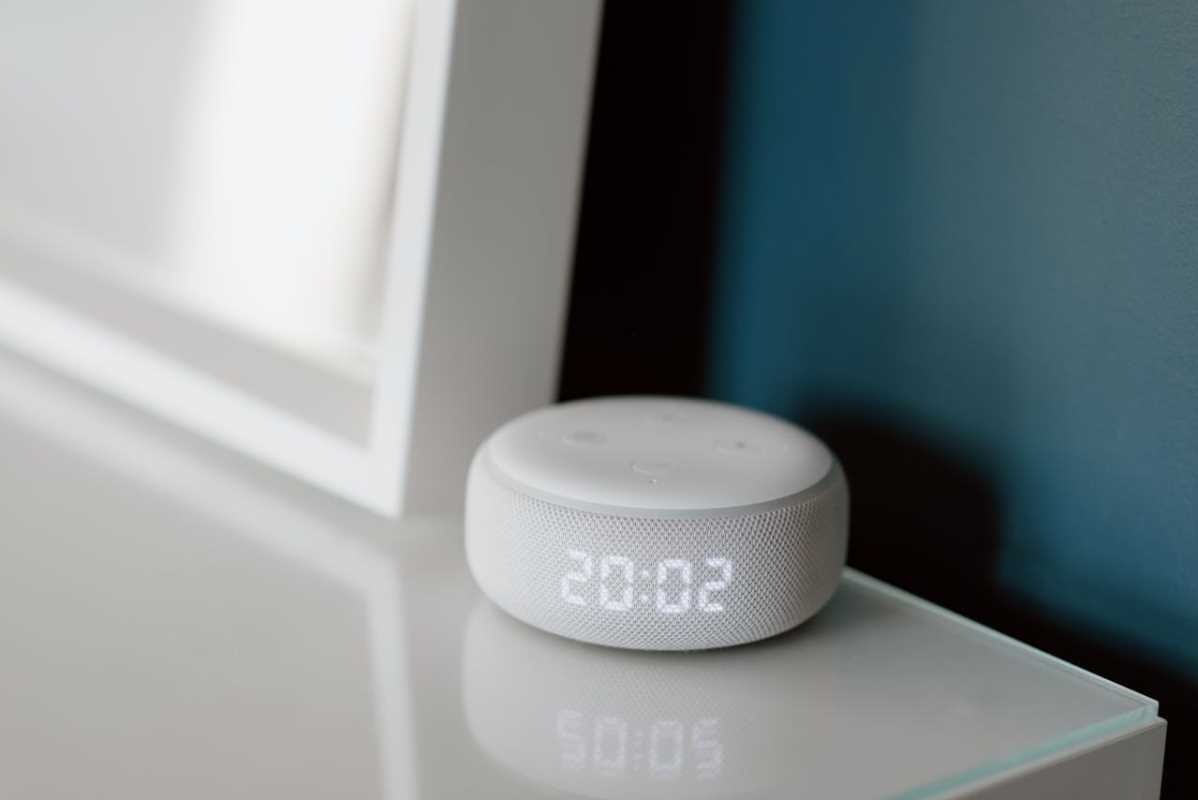The rise of artificial intelligence-powered smart assistants like Amazon's Alexa, Google Assistant, and Apple's Siri has brought a new level of convenience to modern life. Beyond playing music or setting reminders, these devices are fundamentally changing the way people shop, marking a significant shift in consumer behavior.
From simplifying buying decisions to enabling a seamless voice commerce experience, smart assistants are reshaping the retail landscape, offering businesses new ways to engage customers and drive sales.
The Role of Smart Assistants in Shopping
Smart assistants function as digital concierges, providing on-demand assistance with tasks, including shopping. They streamline the purchasing process by handling everything from product searches to payment execution, saving consumers time and effort. Here are a few key ways smart assistants are enhancing the shopping experience:
Voice Commerce
Voice-enabled shopping, sometimes called "voice commerce," allows users to search for products, check prices, and place orders using simple voice commands. For example, a customer can ask Alexa to restock their favorite coffee or find the best deal on a new gadget, all without lifting a finger. Statista estimates that voice commerce sales in the U.S. will reach $19 billion by 2025, highlighting the growing adoption of this convenient shopping method.
Personalized Recommendations
Smart assistants use data such as shopping history, preferences, and location to offer tailored product suggestions. This personalized approach not only improves the customer experience but also increases the likelihood of conversion. For instance, Google Assistant might recommend a nearby grocery store for fresh produce or provide a quick link to reorder a previously purchased item.
Hands-Free Convenience
For busy consumers, hands-free shopping is becoming a game-changer. Whether cooking dinner or driving, users can rely on their devices to add items to a shopping list or even complete an order. This convenience aligns well with today's fast-paced lifestyles, making smart assistants indispensable to multitasking consumers.
The Rise of Smart Home Integration
Smart assistants are not just standalone tools; they are part of a larger ecosystem of connected devices in smart homes. Their integration with smart home technology is unlocking new opportunities for retailers:
- Replenishment Made Effortless: Devices like smart refrigerators can alert users when they're running low on essential items, such as milk or eggs. Paired with a smart assistant, these appliances can automatically place an order for replenishment, ensuring the customer never runs out. Amazon’s Dash Replenishment Service extends this functionality, syncing directly with Alexa to manage recurring purchases seamlessly.
- Connected Shopping Experiences: Integration with IoT (Internet of Things) devices takes convenience a step further. For example, a smart assistant can create a shopping list based on dietary restrictions tracked by wearable fitness devices or household usage data collected from connected appliances. Companies leveraging this technology ensure both relevance and a simplified shopping experience.
- Streamlined Payment Systems: Secure payment processing is central to the effectiveness of voice commerce. Smart assistants integrate with digital wallets like Apple Pay, Google Pay, and Amazon Pay, enabling smooth and secure transactions. Some assistants even support biometric authentication for added security, creating peace of mind for consumers.
How Businesses Are Benefiting from Smart Assistants
Retailers and other businesses increasingly see smart assistants as valuable tools for reaching customers and elevating their shopping experiences. Here’s how they’re leveraging these technologies:
- Enhanced Customer Engagement: Businesses are using smart assistant platforms to create engaging, interactive experiences. For instance, retailers like Walmart and Target have developed skills for Alexa, enabling users to browse inventory, get product recommendations, and place orders without leaving their homes.
- Automating Customer Support: By integrating with AI-driven chatbots, smart assistants can serve as an extension of a company’s customer service team. Common tasks like tracking orders, answering FAQs, or providing return instructions can be handled instantly, freeing up human representatives for more complex queries.
- Voice-Activated Promotions: Smart assistants give businesses a direct channel to promote sales and special offers. Imagine a user asking, “What’s the deal of the day?” and receiving a tailored promotion based on their purchase history. This targeted marketing approach increases the likelihood of conversions while demonstrating value to the customer.
- Market Insights Through AI: Smart assistants collect vast amounts of data on consumer behavior, preferences, and trends. Businesses can analyze this data to refine their product offerings, optimize inventory, and craft better marketing campaigns. Companies investing in these insights are better positioned to anticipate market demands.
Challenges of Voice Commerce Adoption
Despite their advantages, there are some hurdles businesses must address when adopting smart assistant technologies:
Limited Visual Context
Shopping often relies on visuals, such as product images or videos. Voice commerce must overcome this limitation by providing detailed verbal descriptions, integrating with mobile apps to bridge the gap, or expanding AR/VR features for virtual product reviews.
Consumer Trust and Security
Privacy remains a top concern for users. Many are wary of sharing financial information or personal data with smart assistants due to potential security breaches. Companies must prioritize transparency and robust security measures to build consumer trust.
Device Dependence
The effectiveness of smart assistants relies on their integration with compatible devices. Manufacturers and retailers must work together to ensure their products are fully optimized for voice commerce.
The Future of Shopping with Smart Assistants
Looking ahead, smart assistants are poised to play an even more prominent role in retail. Innovations in natural language processing (NLP) will make conversations with these devices more intuitive, while AI advancements will enable even deeper personalization. Features like contextual shopping, where assistants anticipate needs based on specific scenarios (e.g., a reminder to buy sunscreen before a planned vacation), will elevate the user experience.
Additionally, as AR and VR technologies continue to mature, their integration with smart assistants could create fully immersive shopping environments. Imagine walking through a virtual mall powered by voice commands, selecting items to view or purchase with ease.
For businesses, adopting smart assistant-compatible strategies will be essential to staying competitive. From creating branded “skills” to investing in voice-optimized e-commerce platforms, companies that align with this trend will unlock new revenue streams and strengthen customer loyalty.
 (Image via
(Image via





